Out my window on the drive from Mexico City to Oaxaca the fields were filled with yellow, covered in Pericon (Marigolds). Pericon is an extremely important part of Oaxacan culture today and for the indigenous communities that have lived there for hundreds of years. When Dia de los Muertos, The Day of the Dead comes around, pericon covers the streets, churches, cemeteries and houses of Oaxaca. Pericon is used because of its bright colors and strong scent. It’s believed that Dia de los Muertos stems from an Aztec festival dedicated to the goddess Mictecacihuatl whose role was to guard the bones of the dead. The smell of pericon is said to be recognizable to the spirit world and is used to leave a trail for the dead to return home and back again. Pericon is spread across grave sites, alters and families leave trails of the petals into their houses to help direct their dead relatives for the night of November 1st, when they stay the night with them and then return back to the spirit world on November 2nd.
Today Oaxacan farmers grow the more common and non-native species of pericon. But the native pericon still runs rampant. Simply walk down the street or peer into the mountains that surround Oaxaca’s city center and you can’t miss these resilient, beautiful and powerful yellow flowers.
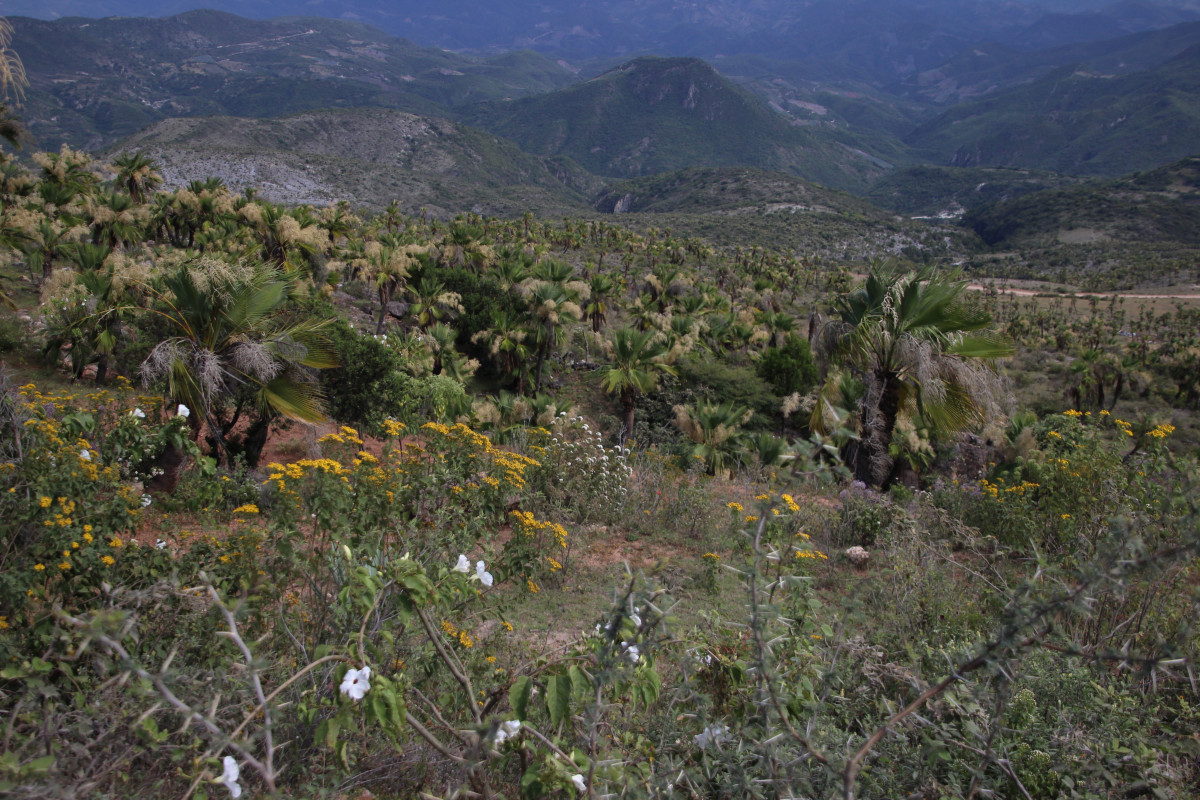
Pericon, Tagetes erecta, the Mexican marigold or Aztec marigold, is a species of the genus Tagetes is native to the highlands of Mexico and Guatemala. The Mayas and Aztecs have many uses for pericon, from medicinal to ceremonial purposes. The Aztecs historically have several names for pericón from yauhtli (the fog), cuaubiyauhtli, iyauhtli, tepepapaloquilitl and Cempoalxochitl, among many other names depending on the region.
Aztecs classified illness into two categories, hot and cold – when there was an excess of cold and/or dampness, pericon was the herb the Aztecs used to treat these conditions. The Aztecs classified pericon as a “heat” herb that would remove the excess cold from the body. Pericon is used to treat stomach pain, ease childbirth, diarrhea, sore throats, swelling, stop hiccups and even heal someone who was struck by lightening among many other ailments. Pericon is also used as sacred smoke, incense, tea and much more.
In mesoamerica pericon is used to flavor foods, such as chocolate drinks, water corn is boiled in and legumes. pericon was also used in many religious ceremonies. The Aztecs believed that pericon cleansed the spirit and used it to decorate their alters and temples. Pericon, known to some Aztecs as Yauhtli” is translated to “the fog.” It is said that ingesting the alkaloids from this plant ‘fogged’ the human brain. Aztec priests blew a dried, powdered form of the plant into their sacrificial victims’ faces to calm them before a horrific death. Aztecs dedicated pericon to one of their most ancient deities the god of rain, Tlaloc.
I had the opportunity to go and collect these wild flowers and then make dye out of them. Below are the steps taken to make a wild pericon dye bath:
- gather the marigold (pericon)
- mordant your fibers- we used Alum at 12% W.O.F. (weight of fiber) and simmered the fibers (we used wool yarn) for 40 mins
- weigh out your dried marigold- we did 100% W.O.F.
- fill up your pot with enough water to cover the plants
- simmer for 40 mins
- At this point you would normally put in your fibers but this time we put our fibers in at the beginning of our dye bath. If you put your fibers in after the dye bath has cooked for 40 minutes I recommend you leave them in for an additional 40 mins while the bath is simmering. After heat is removed you can take out your fibers, or leave them in over night for maximum pigment.
wild pericon dried
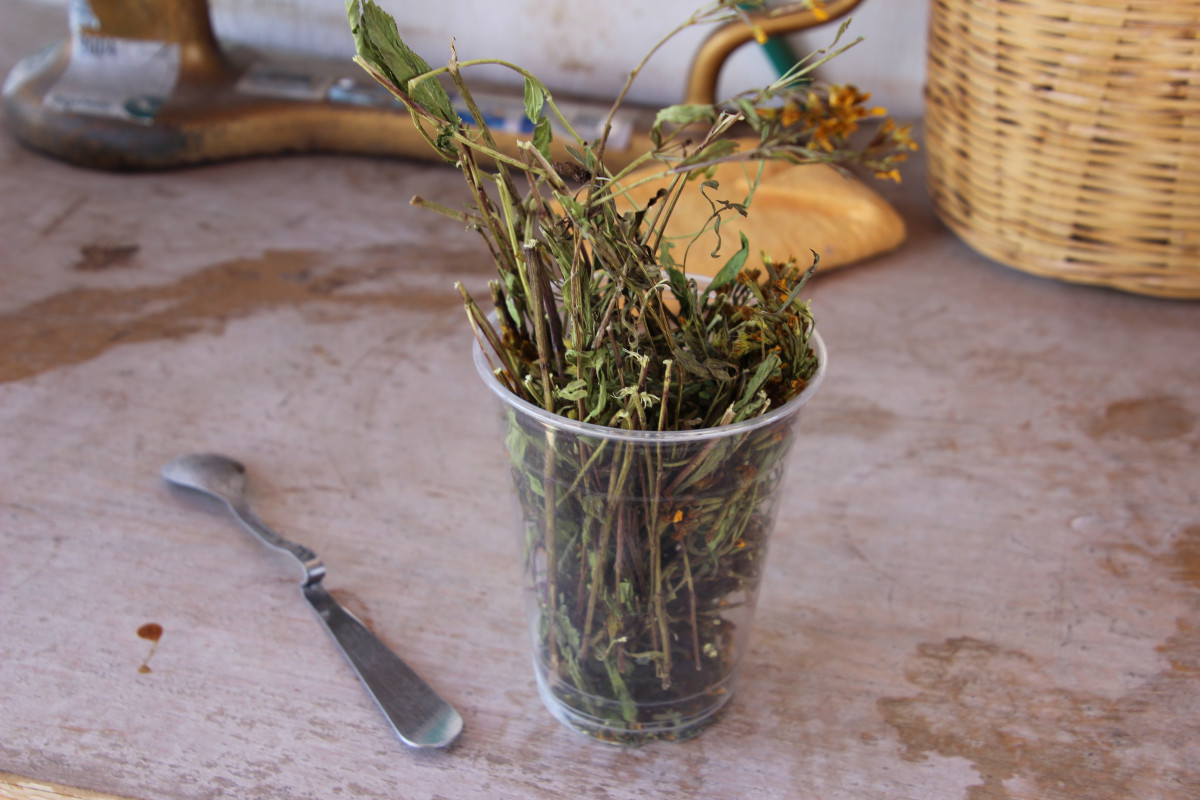
Wool is temperature sensitive, shocking wool with too hot or too cold temperatures fast can jeopardize the quality of the wool. So make sure you let your fibers cool slowly when you take them out of the dye bath.
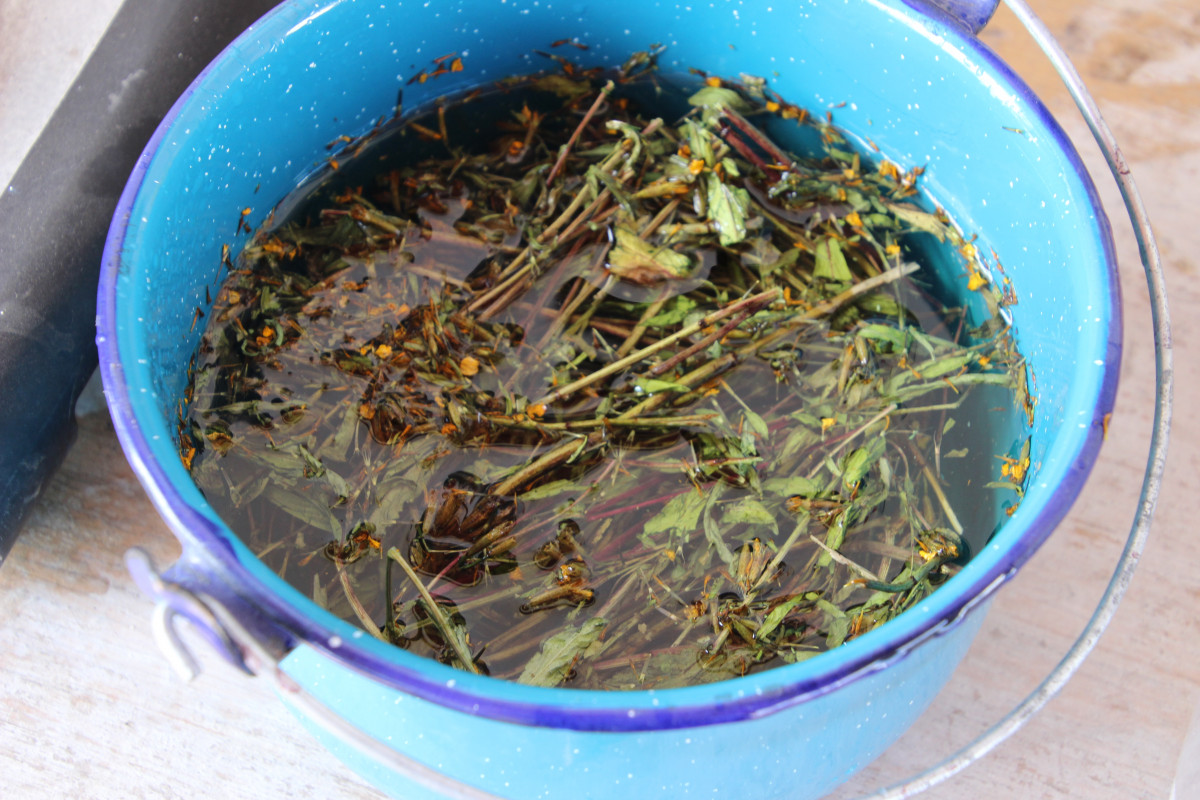
From here you can over-dye your fibers. Over-dyeing is when you do layers of colors on top of each other. In this instance we did two different versions of over-dyeing. One with marigold and then indigo and one with marigold and then cochineal. If your fibers have dried out and you want to over-dye them make sure you re-soak them in water before you dip them in your over-dye bath.

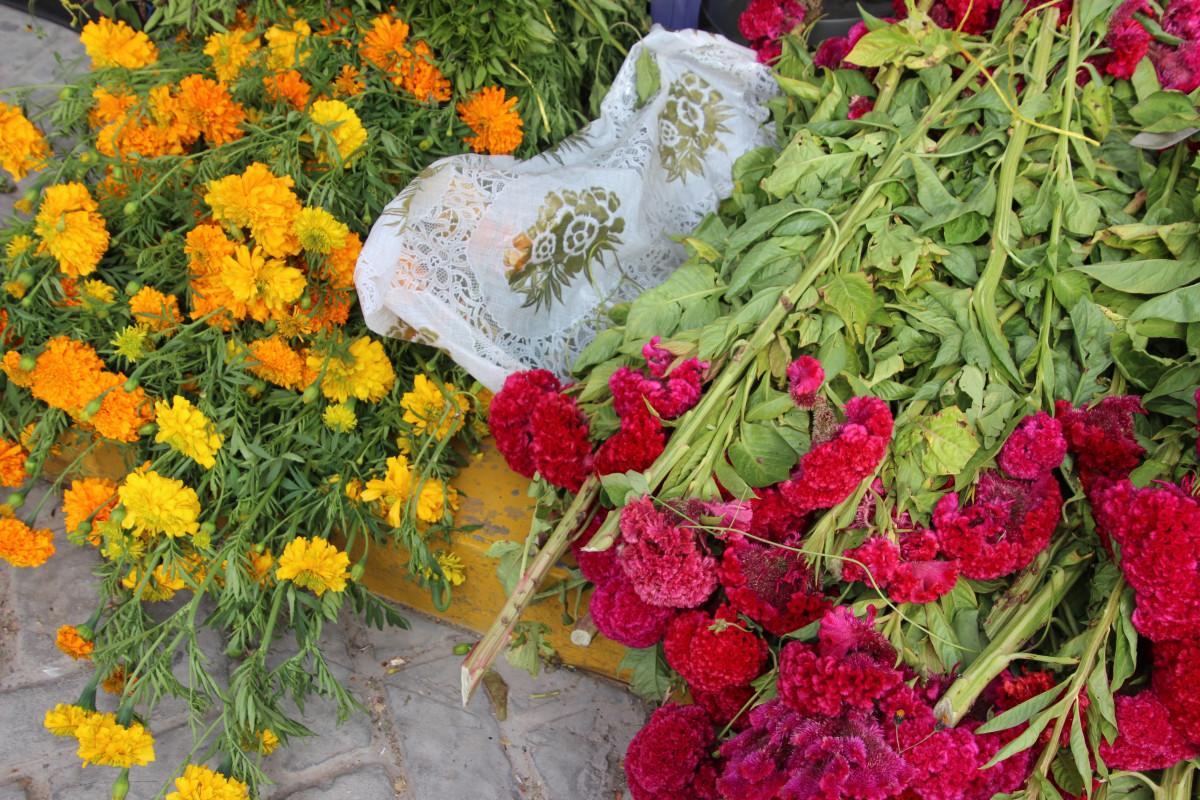

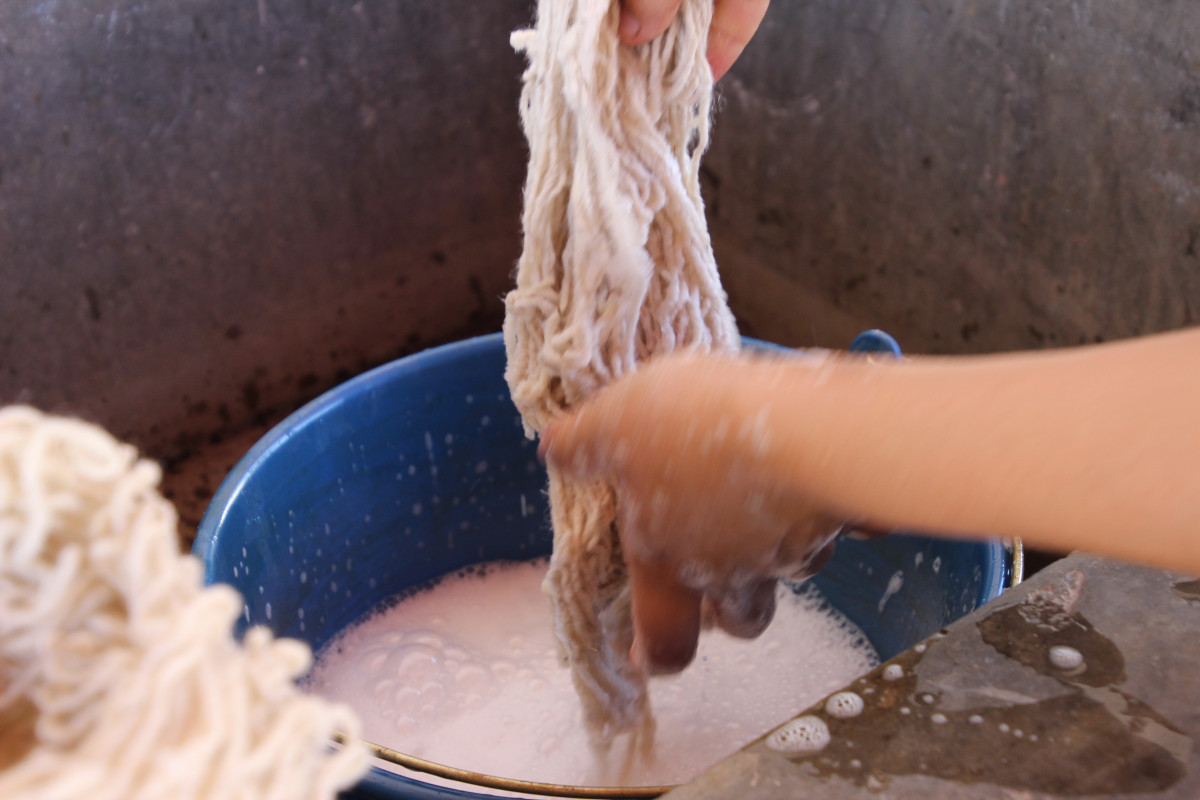
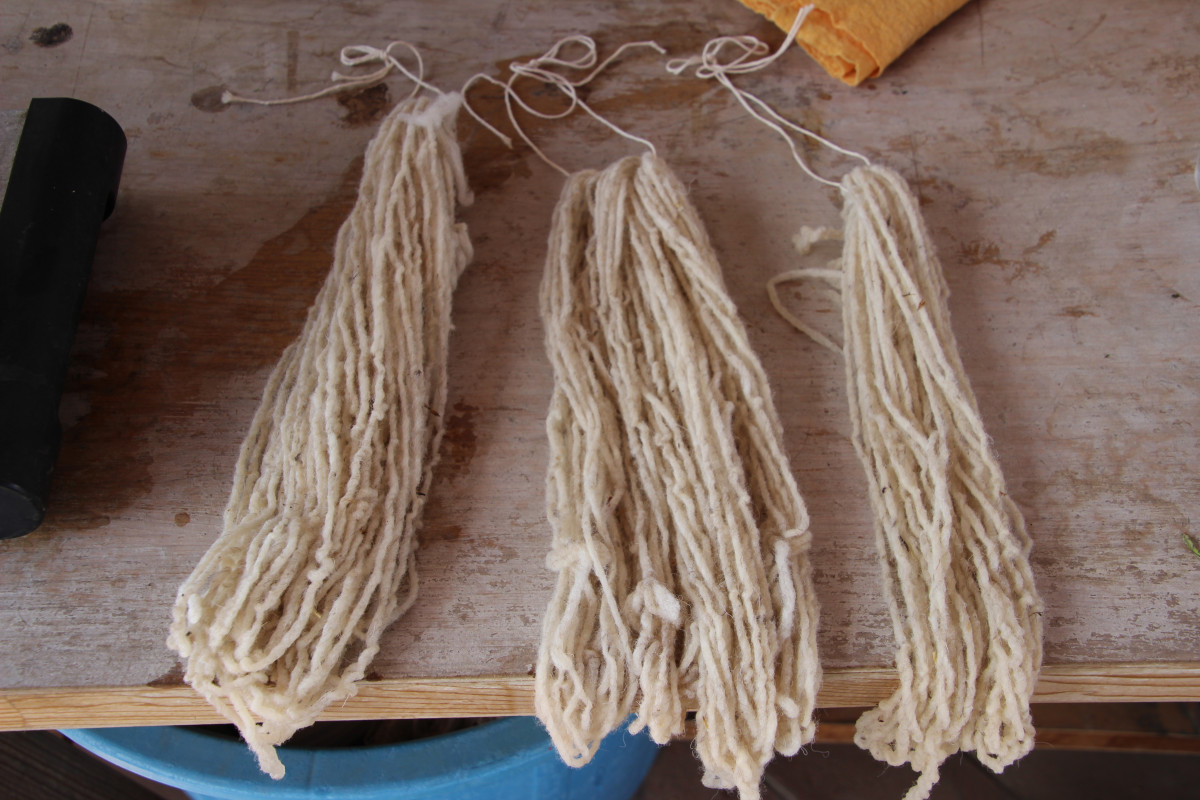


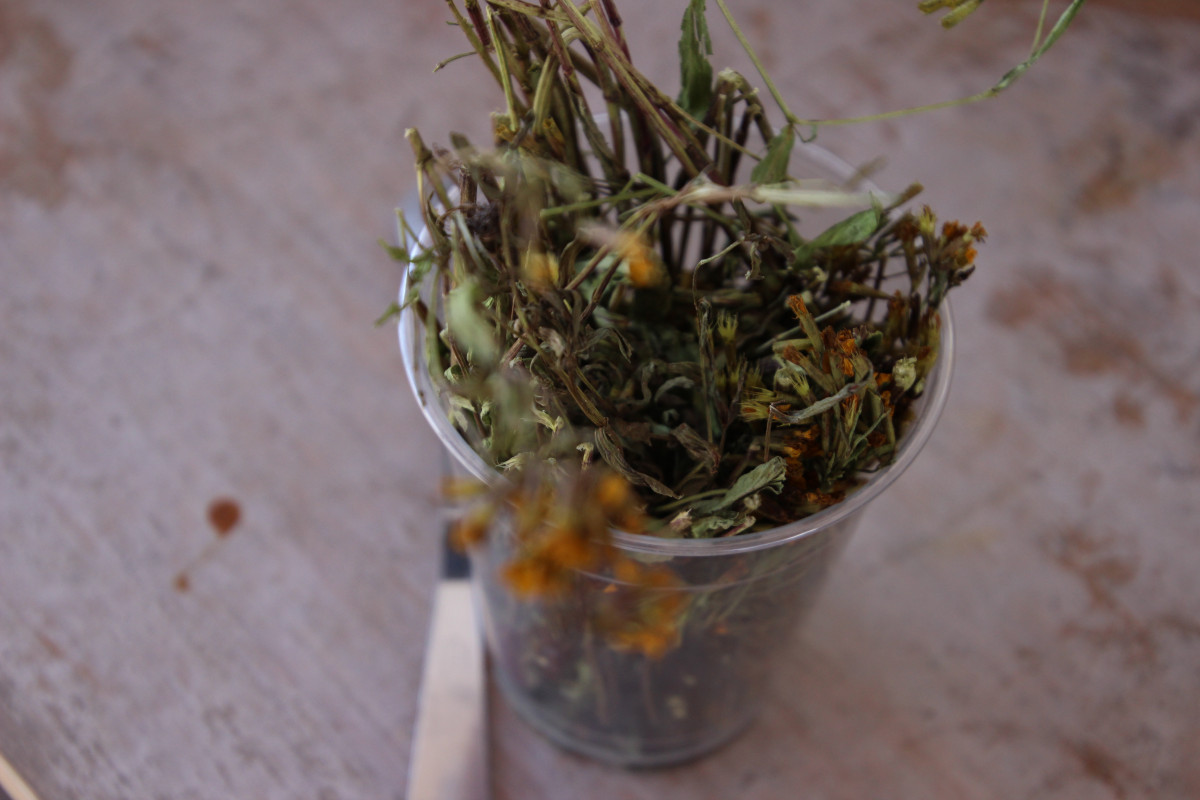
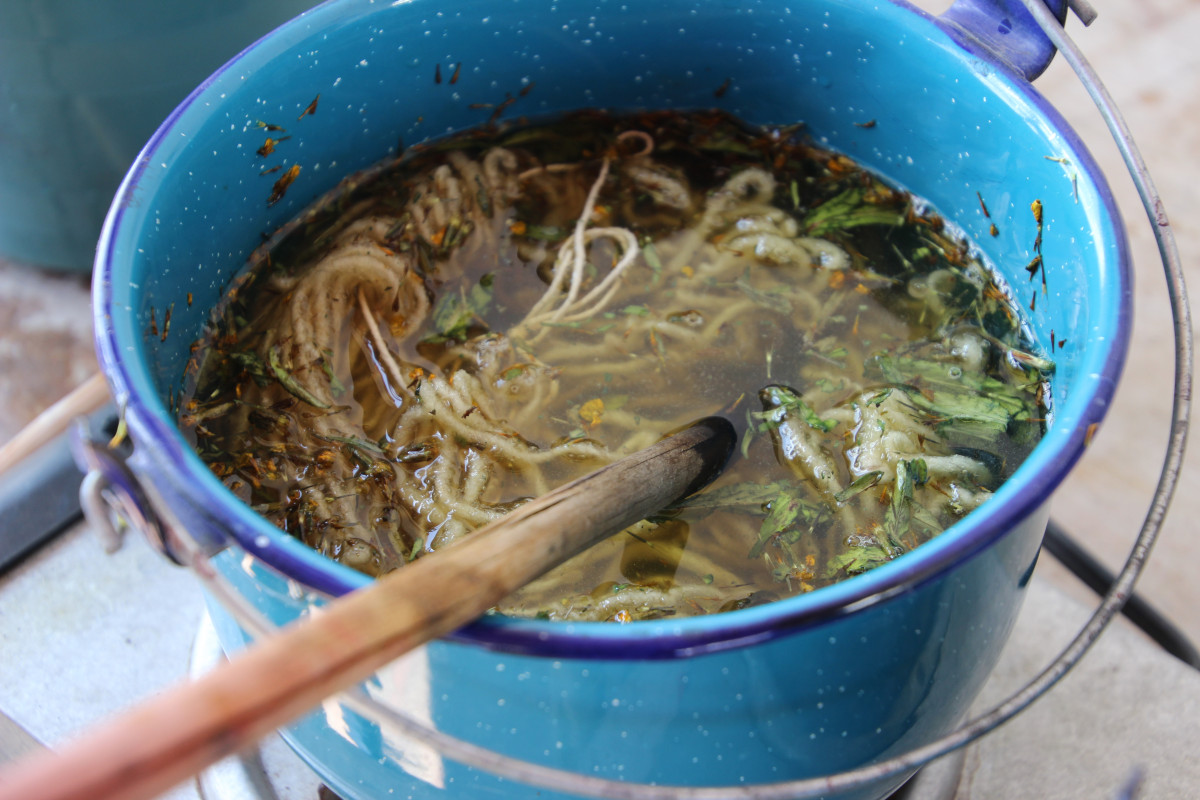
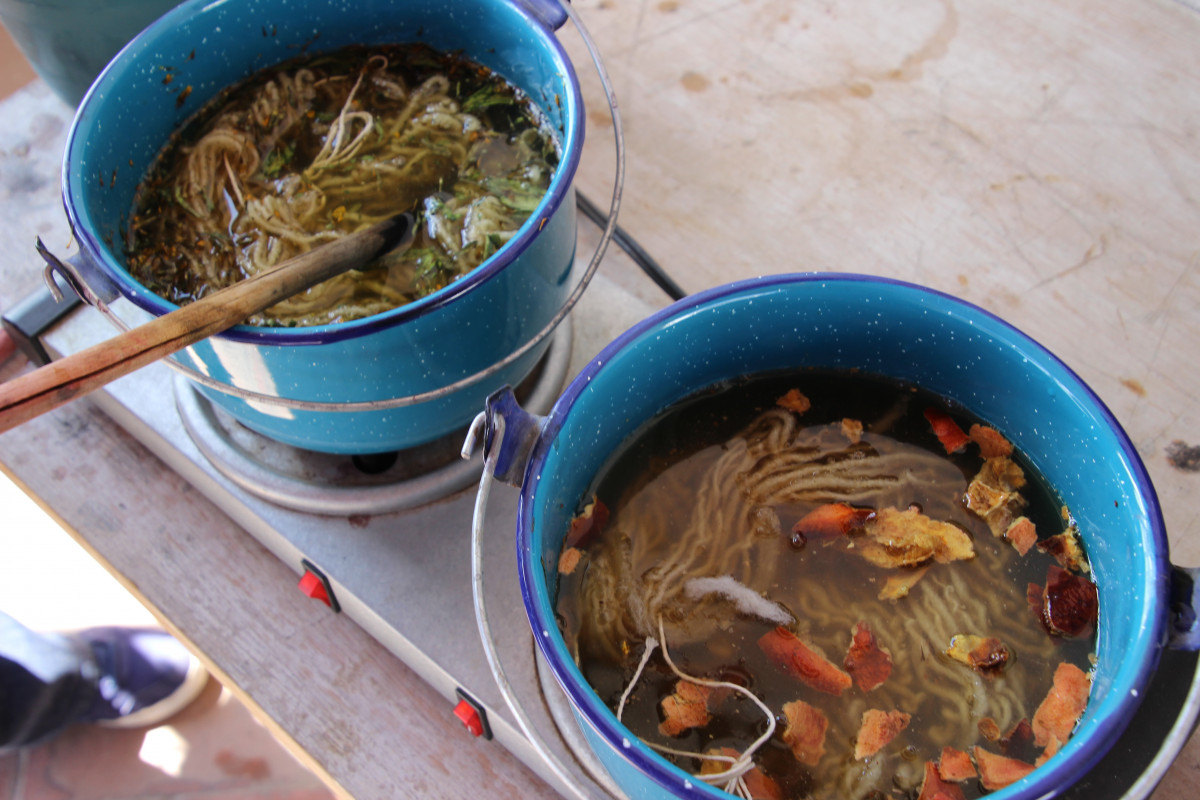

Valuable info. Lucky me I discovered your web site unintentionally, and I’m stunned why this twist of fate didn’t happened earlier! I bookmarked it.